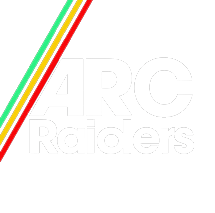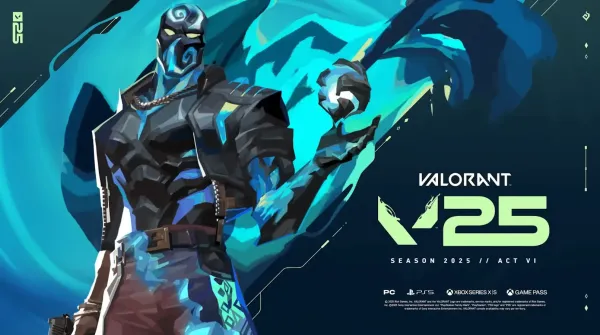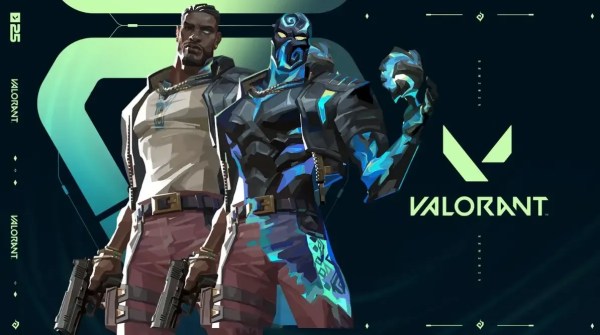Valorant reached a major milestone when it debuted at the Esports World Cup 2025, an ambitious multi-title mega-event that took place in Riyadh, Saudi Arabia, from July 8 to 13, 2025. In front of an increasingly global audience, 16 of the top Valorant teams competed for a $1.25 million prize pool in this tournament, which was organized as part of a global effort to enhance esports on a global scale.
The tournament had all the makings of a huge success, with coverage from sites such as Hotspawn, Esports Charts, and Expert Game Reviews. Nevertheless, despite its size and all-star roster, Valorant’s debut at the EWC fell short of the high attendance rates of earlier Riot-approved events, revealing a disconnect between production aspirations and community involvement. Also read Valorant boosting secrets that pros won’t tell you!
Viewership Numbers
The real headline was off the stage, the audience was not watching, even though Team Heretics defeated Fnatic in an exciting grand final. At first sight, the peak concurrent viewership could appear reasonable, as it was a little over 451,000. It is insignificant, though, compared to Master’s Toronto, which attracted over 1.1 million peak viewers despite having a smaller prize fund. Average viewership across the event was around 163,750 viewers, with a cumulative 8.3 million watch hours over ~50 hours of streaming.
In short, despite offering a seven-figure reward, top-tier teams, and high production value, Riot and EWC were unable to attract spectators to their worldwide tournament. It is similar to releasing a huge film only to have the midnight showing be half-empty. If you are looking for Valorant accounts for sale, read here.
Why Did the Viewership Fall Short?
Lack of Community Broadcasters
Co-stream channels had a 62% decrease in reach from the Toronto Masters as a result of prominent co-streamers and personalities such as TenZ, Sideshow, and Tarik refusing to participate or aggressively criticizing the event.
Limited Support for Official Broadcasts
Riot’s official channels, which used to account for about 40% of viewership, did not cover the event, which decreased its accessibility across multiple languages and platforms.
Underperformance in Key Regional Audiences
Major regions like Korea and Japan hardly participated, aside from English. Despite high interest in Master’s Toronto, the number of concurrent viewers in Japan was less than 500.
Conflicts in Scheduling
The League of Legends Mid-Season Invitational and Valorant Challengers Japan Stage 3 overlapped with EWC, dividing viewer attention, particularly in priority regions.
Viewer Saturation
Due to exhaustion from back-to-back event coverage following a busy Masters Toronto season, attendance at EWC decreased.
Conclusion
The scope of Valorant’s Esports World Cup 2025 debut was ambitious, but its reach was lackluster. Due to schedule difficulties, lack of co-streaming support, community criticism, and regional disengagement, the tournament failed to draw viewers despite having a sizable prize fund, elite teams, and professional production.
The occasion serves as a reminder that trust, timeliness, and community connection are more important factors for success in esports than size alone. Just like Valorant boosting services aim to elevate player rankings, tournament organizers must find smarter ways to boost visibility and audience participation in future events. Check out the Valorant Corrode Map Guide to learn more.














